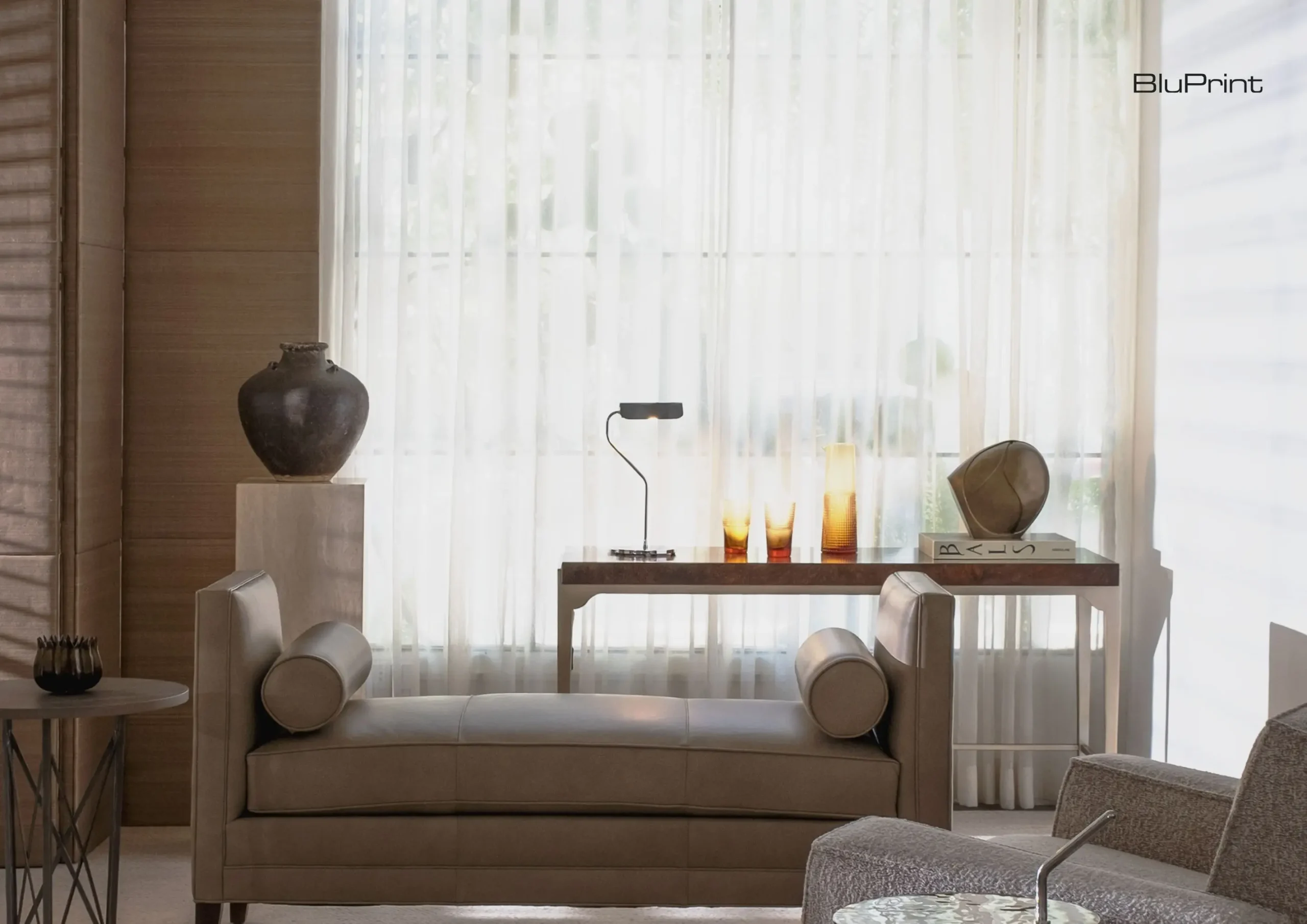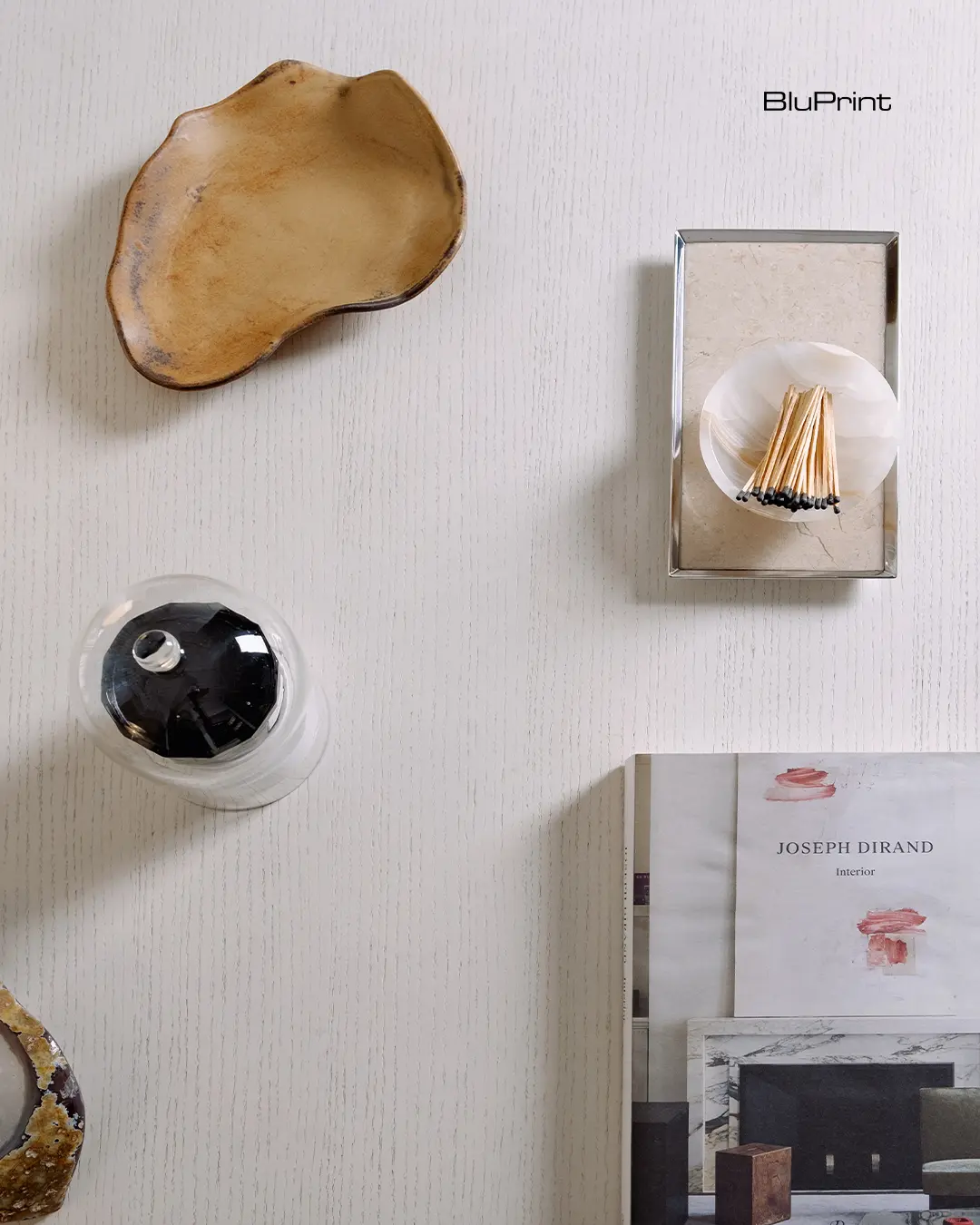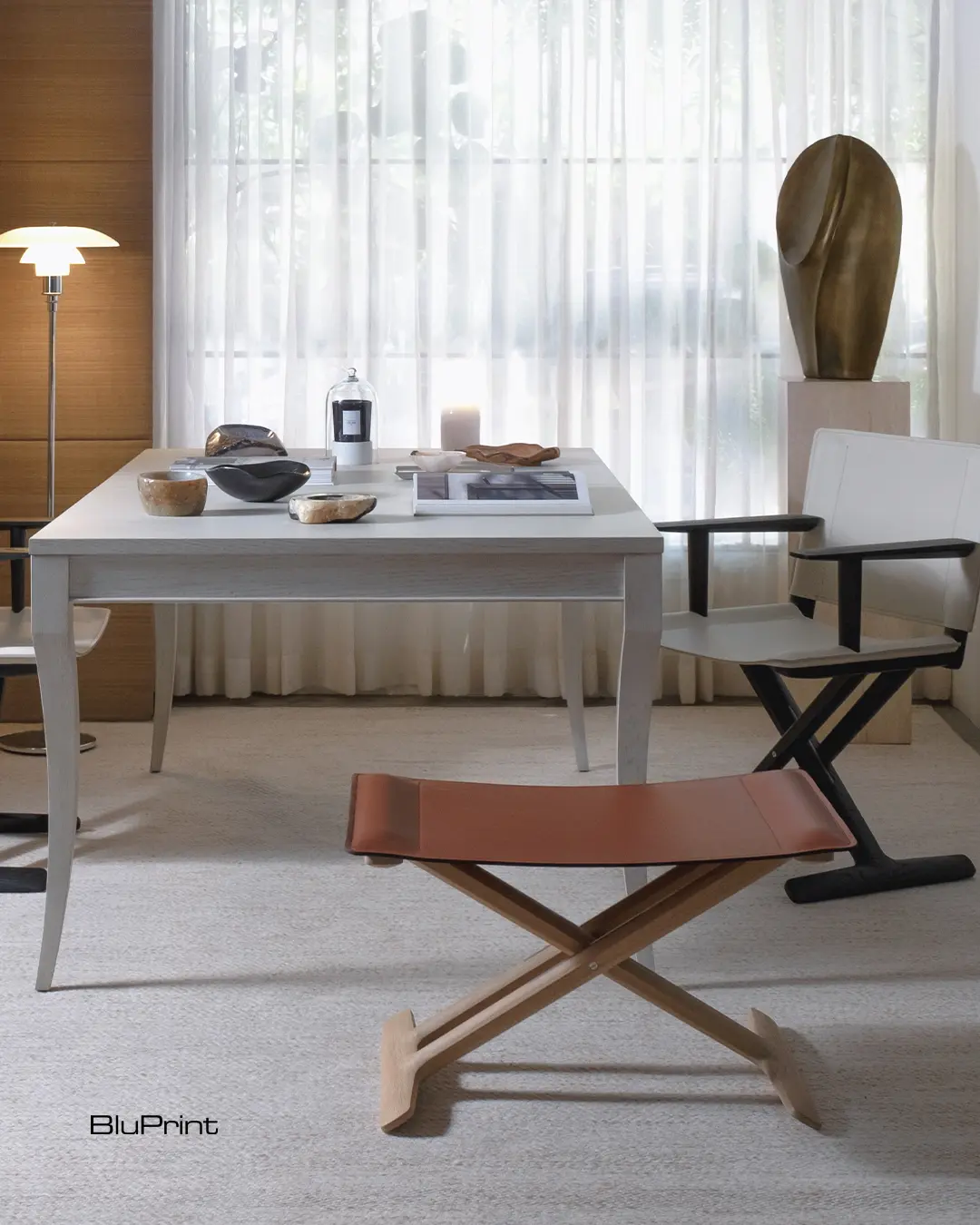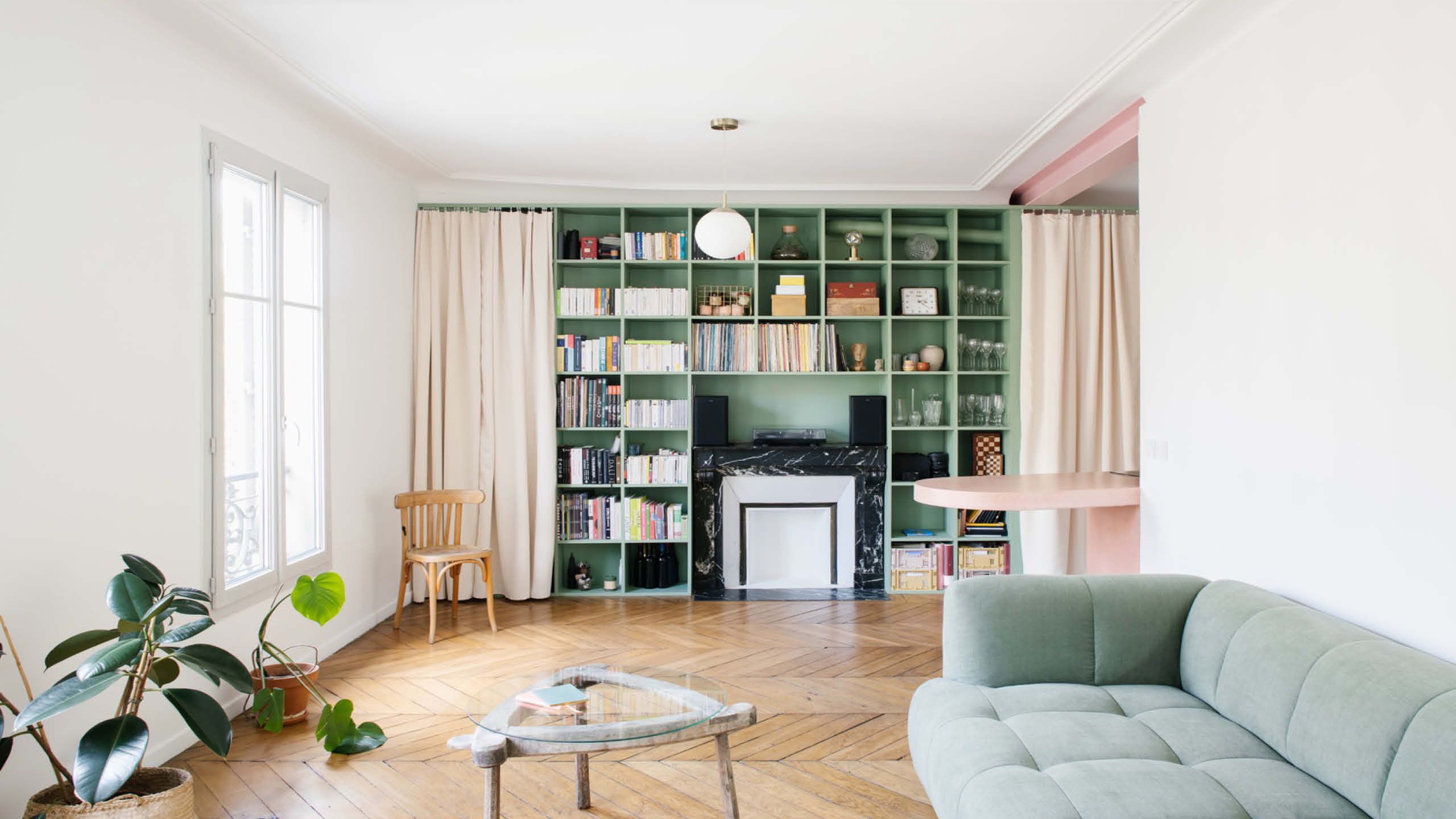In an age where climate breakdown, resource depletion, and waste crises intersect, the conversation around materials is no longer niche. It is urgent, consequential, and central to the evolution of industries—from architecture and interiors to manufacturing and design. This is not about trivia; it is about survival. We’ve spent the last decade pursuing sustainability—minimizing damage, […]

Archival Sensations: The Enduring Influence of 20th Century Design Languages
The resurgence of interior styles and trends is often sparked by influential creatives and movements that gain strong visibility on the global stage. This cycle tends to repeat itself over time, with each era defined by a distinct aesthetic shaped by designers whose taste resonates with their contemporaries. More often than not, their mutual influence gives rise to entirely new design languages. In recent years, we’ve seen a gradual return to references from the greats of the last century. Today’s designers are rediscovering meaning in these past works, drawing inspiration that informs new sartorial sensibilities and refined tastes.
One notable style that has regained traction is the bold layering of furniture and decoration, thoughtfully curated and set against stark, contemporary interiors. Its aesthetic can only be described as restrained opulence. French interior designer Jean-Michel Frank’s 1929 design of Charles Templeton Crocker’s penthouse in San Francisco is an example of this approach. He used parchment, straw marquetry, shagreen, and mica to transform the space into a study of quiet luxury. The project cemented Frank’s legacy as a pioneer of modern elegance.
Architect and designer Charles Rennie Mackintosh’s Hill House in Helensburgh, Scotland also reflects this spirit of intentional curation. He infused the space with his own furniture designs, which provided a striking contrast to the more decorative detailing of the structure. Among these is the now-iconic Hill House high-back chair, a sculptural piece that has since become emblematic of his design language.
Echoes of Innovation

The influence of these designers continues to inspire generations that follow. Their remarkable energy and singular vision have left an enduring mark on the design world. Their work still appears in the mood boards of contemporary designers—referenced not just for aesthetics, but for their approach to form, materiality, and innovation. This act of looking back becomes a way of moving forward, allowing contemporary practice to be informed by the rigor, elegance, and spirit of innovation that defined earlier eras.
Storytelling in Spaces

When planning vignettes, it is best to envision a narrative—how one space flows into the next and how the pieces converse with one another. In this case, the vignette of a study extends into a lounge area on the opposite side of the room. Grounded by the same Maxalto rug and framed by a W/17 divider, the lounge centers around a taupe leather settee from Ethan Allen, paired with a wood and metal side table. The clean silhouette of the settee draws the eye, acting as an anchor for the vignette.
These vignettes serve as a study in editing and elegance—proof that meaningful design is about curating pieces that communicate through form, material, and color. There’s beauty to be found in sculptural objects, vintage finds, and thoughtful juxtapositions. By blending the contemporary with the traditional, and valuing detail over excess, one can create a home that feels both timeless and deeply personal. It’s not about matching—it’s about storytelling through design.

Read the full story by grabbing your copy of BluPrint Homes, available at the sarisari.shopping, Shopee, and Lazada. E-magazines are available for download here or through Readly, Press Reader, and Magzter.
Photographed by Ed Simon
Read more: Historical Art in 2024: Five Exhibits That Reinterpreted The Past








